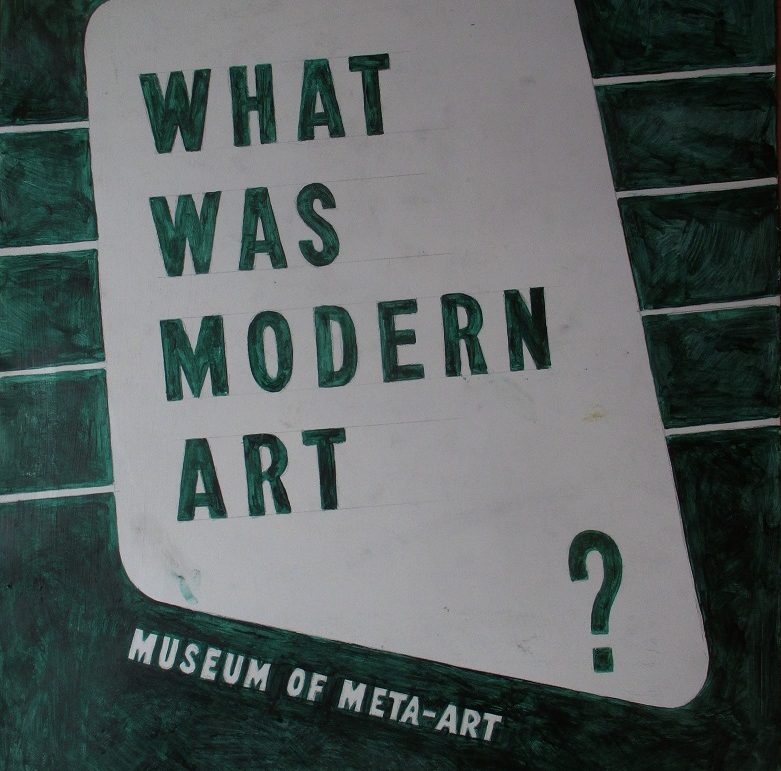ChatGPT: Benjamin’s story explores the complexities and paradoxes of the relationship between an original artwork and its copy. He suggests that a copy can be seen as a senseless deed, but also as a multi-layered and complex object with its own ideas and meanings. While the original painting is created by the artist with a specific intention, the copy is created for different reasons, and yet it still embodies the same visual qualities as the original.
Furthermore, Benjamin suggests that the copy’s relationship to the original can be seen as a commentary on the idea of authenticity and the value we place on original works of art. He notes that the copy contains both the idea of its model and its own idea, the idea of being a copy, which adds layers of complexity to its meaning. The story ends with the realization that the copy and the original, despite being visually identical, are fundamentally different objects with different histories, ideas, and meanings.










